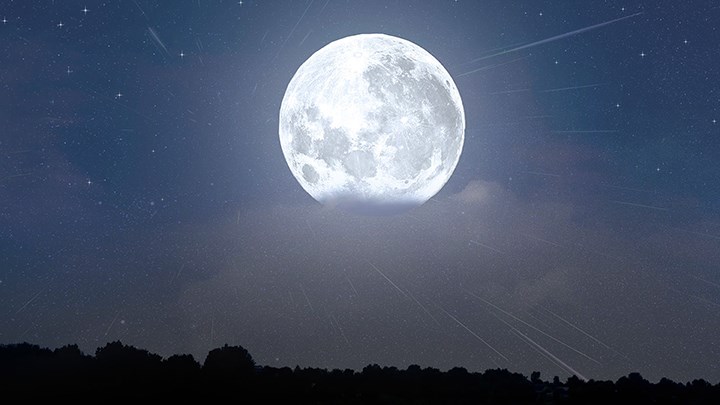
Kristina Bergen | special to the 51����
October is a double-header for meteor showers, which means twice as much fun for meteorite hunters in Jasper Dark Sky Preserve this fall.
To be fair, most meteorites vaporize before reaching earth.
But University of Alberta scientists are still searching for space rocks that accompanied the August 31 fireball that lit up the skies over Edmonton.
So cross your fingers there’s more on the way.
And if you do happen across a magic space rock, here’s how to determine if it really is celestial:
- Weight: Many meteorites contain iron so they are dense and heavier than Earth rocks.
- Magnetism: Because they are made of an iron-nickel mix, most meteorites attract magnets. You can test your own potential meteorite using one of the sassy souvenir fridge magnets sold in town.
- Bubble-free: meteorites have no holes or bubbles.
- Black crust: having ripped through our atmosphere at extreme speed, the outer surface of meteorites melts, forming an eggshell-thin black crust.
October 8: An evening with Draco the Dragon
The Draconids are the first meteor shower to appear in October, radiating from the constellation Draco the Dragon in the northern sky.
In 1933 and again in 1946, Draco was a fiery, angry dragon, producing thousands of meteors per hour.
The dragon awoke most recently in 2011, spewing out 600 meteors per hour most visible to European observers.
Unlike most meteor showers which get rockin’ and rollin’ after midnight, the Draconids are best viewed earlier in the evening just after it gets dark.
The shower will run from October 7 to 9, peaking on the 8th.
Telescopes and binoculars will do nothing to improve your view while watching for meteors. So find a great viewing area, bundle up, and keep your eyes on the northern skies to get the best views.
You never know when a meteor outburst will occur, but this year we expect a sleepy dragon sending out only a handful of meteors per hour.
October 22: Hunting meteorites with Orion
When the famous Halley’s Comet travels through our solar system the sun melts some of its ice, allowing chunks of dust and debris to break away from the comet and pass through the upper atmosphere as meteorites.
These comet chunks are extremely fast, flying towards us at up to 66 kilometers per second – that's 148,000 miles per hour. Their speed and brightness often leave glowing trails in the sky or become fireballs exploding in a flash of light.
The meteorites radiate from high above Betelgeuse on Orion’s right shoulder, closer to the top of his club, which is where they get their name – the Orionids.
Ten to twenty meteorites are visible per hour and are at their best after midnight especially just before dawn. This meteorite shower will peak on October 22.
Most visible in the southeastern sky, turn yourself to face Amber Mountain from a clear, comfy spot on the ground near the Jasper townsite, and you’ve got yourself a great viewing location for one of the most beautiful showers of the year.
Kristina Bergen is manager of strategic initiatives with the Jasper Planetarium. She currently has 22 magnets on her fridge and is secretly hoarding at least a dozen more that her husband doesn’t know about...yet.



